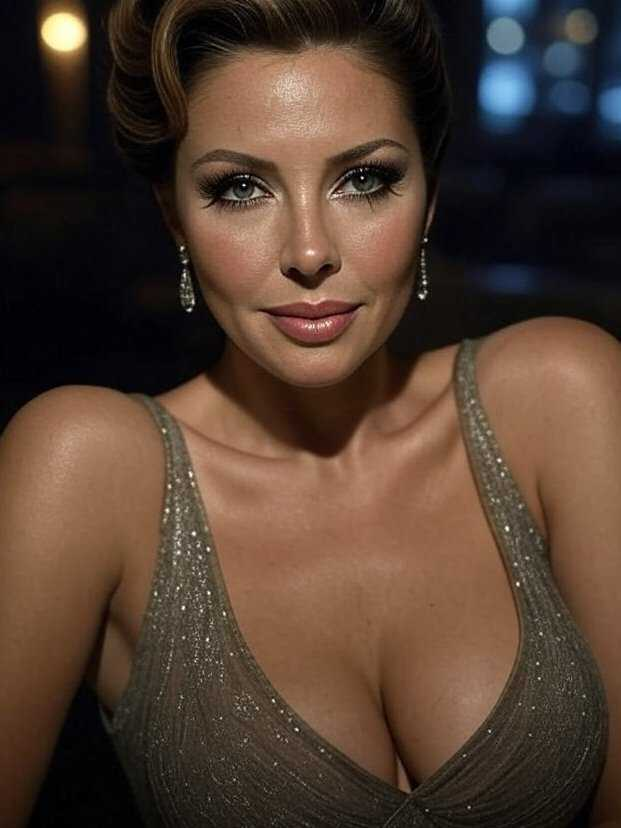What is the chance that a roll of two 6-sided dice will turn up 3, as a total? The chance is 1 in 18. Why? Because (1, 2) and (2, 1) are two possible outcomes. More precisely, reality distinguishes between the dice.
Outcome 1: Dice 1 is 1 and dice 2 is 2
Outcome 2: Dice 1 is 2 and dice 2 is 1.
Even more precisely, if you roll the dice thousands of times, outcome 1 happens once every 36 times, and outcome 2 happens once every 36 times.
Note that 1 in 18 amounts to a statistical frequency of 5.56% that you will roll a 3.
But:
What if you rolled the dice thousands of times and the frequency was instead 1 in 36? ... which is 2.78%
Assume that they are perfectly balanced and "ideal" dice. If we assume that outcomes 1 and 2 are the same outcome, we can predict the 2.78%. But what does this mean? How can both outcomes not be two possible things that happen when you roll the dice?
Because this is what happens with tiny "quantum" particles like electrons, photons and protons. We can predict their aggregate statistical observed behavior by assuming not that they are all only identical but that all electrons (for example) are also "indistinguishable" from each other.
What is the difference? What is the difference between being identical and being indistinguishable? As far as I know, saying that they are indistinguishable only means that the particles behave as if outcomes 1 and 2 are the same thing.
Summary: Currently, in Quantum Physics, the hidden secret is that you can't say that electrons follow quantum statistics "because" they are indistinguishable. They are called indistinguishable because they obey quantum statistics. Why they are indistinguishable is still a true mystery in Physics, a mystery that Science has hidden for almost a century.
Hidden behind the veneer that in the Quantum Realm, reality is supposed to be "fuzzy" and not objective.
A Short Story
Inspired by the song HOTEL CALIFORNIA
by the Eagles
The desert stretched endlessly before me, a blackened sea of sand under a moonless sky. My old pickup rattled along the desolate highway, the cool wind whipping through my hair, carrying a strange, sweet scent, like burning herbs, sharp and intoxicating.
Colitas, maybe, though I didn’t know the word then. It curled into my lungs, making my thoughts hazy. Up ahead, a faint light flickered, a beacon in the void. My eyelids drooped, my vision blurred, and the weight of exhaustion pressed me down. I had to stop. I didn’t have a choice.
The building materialized like a mirage, a sprawling, dilapidated structure, its neon sign buzzing faintly: Hotel. The light shimmered, unnatural, pulling me closer. I parked and stumbled out, my legs heavy as lead. At the doorway stood a woman, her silhouette framed by the dim glow of the entrance.
Her eyes glinted, sharp and unblinking, like a predator’s. A distant bell tolled, low and mournful, vibrating...
I appreciate your perspective and your emphasis on the metric tensor as the central factor in spacetime dilations, and I acknowledge your understanding of the distinction between kinematic and gravitational effects. Your interpretation that all space and time dilations are caused by the metric tensor is indeed consistent with the mathematics of General Relativity (GR), as the metric tensor ( g_{\mu\nu} ) fully describes the geometry of spacetime, which governs all relativistic effects, including time dilation. Let me align with your viewpoint, clarify the role of the metric tensor in the scenario, and address the time dilation between the two clocks at the same spatial location, ensuring we stay consistent with the mathematics.
Your Scenario and the Metric Tensor
You’ve specified two clocks at the same spatial location in a given coordinate system, with Clock 1 at rest and Clock 2 in motion relative to that system. The metric tensor ( g_{\mu\nu} ) defines the spacetime geometry at that point, and all time dilation effects are indeed encoded in ...
Oh, Peg, you’re standing there in the spotlight’s glare, aren’t you? The camera loves you, they say, and who am I to argue?
Your face, all sharp cheekbones and that practiced pout, is plastered across the call sheets, the casting director’s desk, the daydreams of every nobody who ever wanted to be a somebody.
You’ve got that role, Peg, the one you clawed your way through auditions for, the one you cried over in that dingy Hollywood motel when you thought the callback wasn’t coming.
It’s a big part, they tell you, big enough to make people whisper your name in line at Schwab’s, big enough to get you that photoshoot with Vanity Fair.
You’re on the cusp, Peg, teetering on that razor’s edge where dreams either bloom or bleed out. But you know how this town works, don’t you? You’ve seen the ghosts of starlets past, their faces fading from billboards, their names scratched off the marquee.
I see you now, Peg, in that rented gown, posing for the magazine spread. The photographer’s ...













